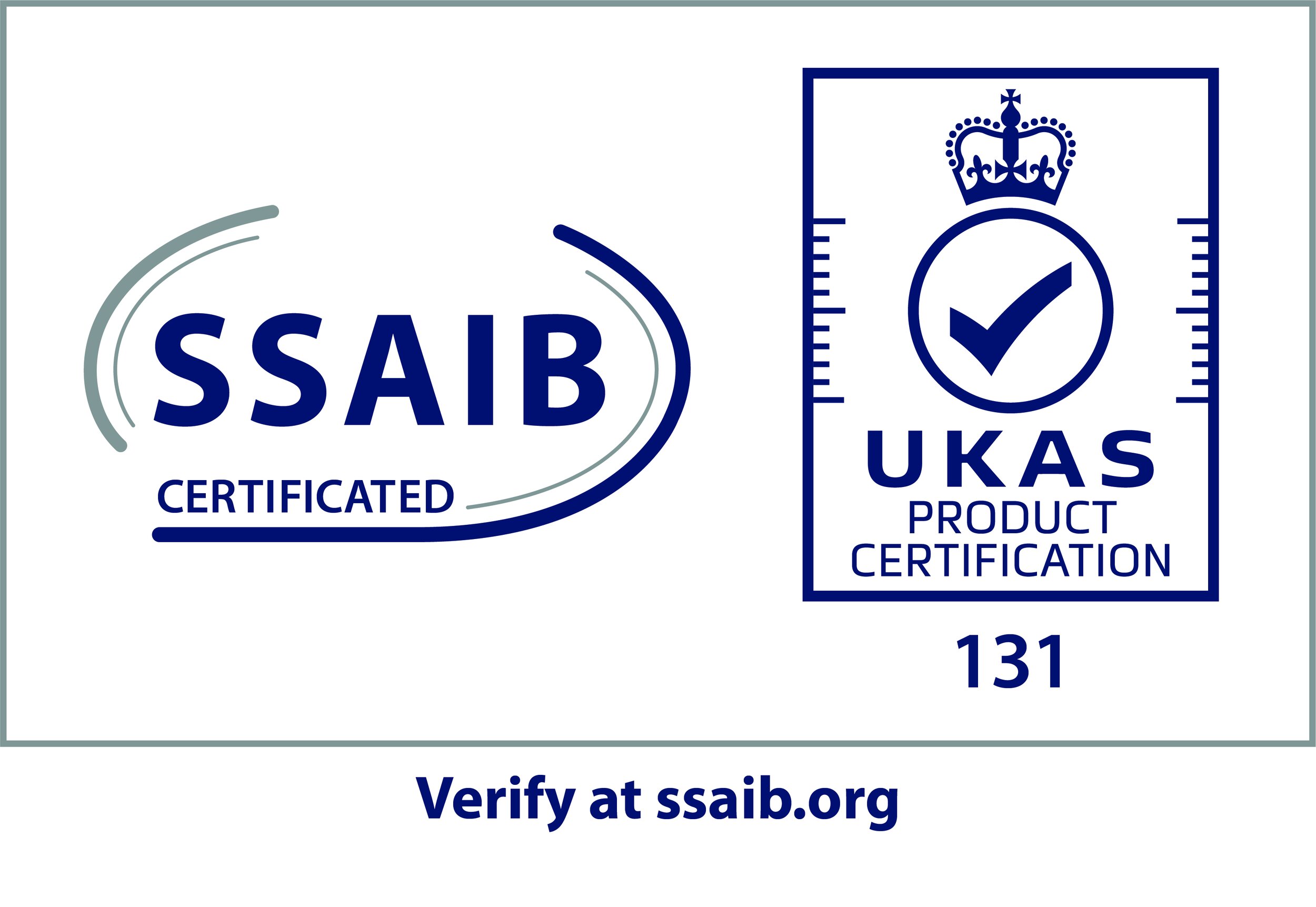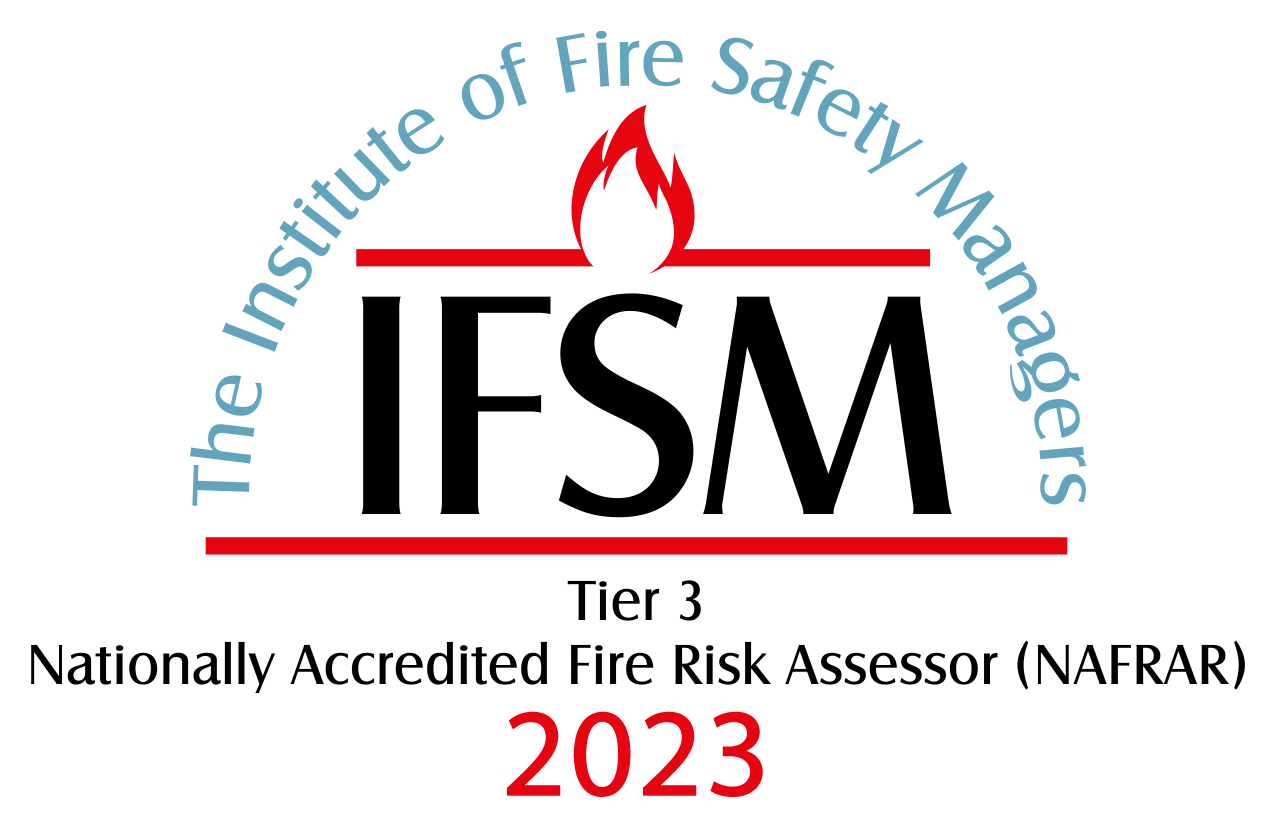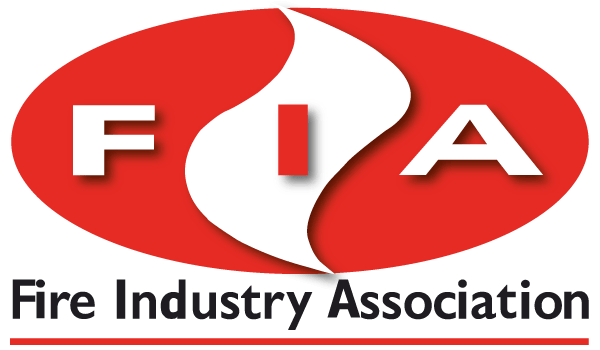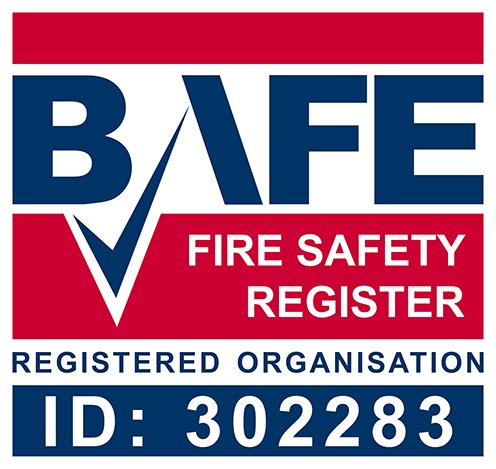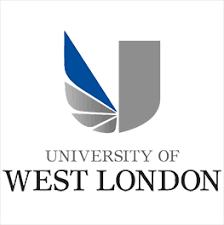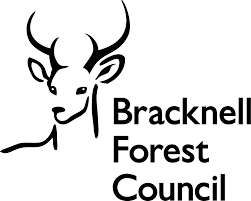
At London Fire Consultants, we are dedicated to ensuring your safety and compliance with the UK's rigorous fire safety regulations. Our speciality lies in exhaustive fire door inspections, providing you with the assurance that your premises are secure, compliant, and ready to protect against fire hazards.
FIRE DOOR INSPECTIONS & SURVEYS
Fire Doors
Fire doors play a crucial role in the fire safety of a building in England and across the UK. They are designed to prevent the spread of fire and smoke, providing a safe escape route for occupants and allowing more time for the fire services to respond. However, for fire doors to function correctly, they need to be regularly inspected and maintained. Here are the main reasons why fire doors need to be inspected:
1. Legal Requirement: Under the Regulatory Reform (Fire Safety) Order 2005, it is a legal requirement for fire doors in commercial, public, and multi-occupancy buildings to be regularly inspected and maintained. Failure to comply with these regulations can result in severe penalties, including fines and imprisonment.
2. Building Safety Act Compliance: The Building Safety Act further emphasizes the importance of fire safety in high-rise residential buildings. Regular fire door inspections are part of the "golden thread" of information about the building's safety measures that must be maintained and updated.
3. Ensure Functionality: Over time, fire doors can suffer from wear and tear, which can affect their performance. Regular inspections ensure that any issues are identified and rectified promptly, ensuring the door will perform as expected in the event of a fire.
4. Maintain Integrity: Fire doors are complex pieces of engineering with many components that all need to work together. An inspection checks all these parts, including the door frame, seals, hinges, door closers, and fire-resistant glazing.
5. Save Lives: Ultimately, the primary purpose of fire door inspections is to save lives. Regular inspections ensure that fire doors will function correctly in the event of a fire, providing vital protection for building occupants and potentially saving lives.
Fiire door inspections are a critical part of fire safety in England and the UK. They ensure compliance with legal requirements, maintain the functionality and integrity of fire doors, and most importantly, they save lives.
The Fire Safety (England) Regulations 2022
The Fire Safety (England) Regulations 2022 implemented the majority of the recommendations made by the Grenfell Tower Inquiry in its Phase 1 report which required a change in the law.
The regulations seek to improve the fire safety of blocks of flats in ways which are practical, cost effective for individual leaseholders and proportionate to the risk of fire.
Regulation 10 - Fire Doors
Checking Fire Doors: The new regulations make it a legal requirement for responsible persons of multi-occupied residential buildings over 11 meters in height to perform quarterly checks of all fire doors, including self-closing devices, in common areas.
Flat Entrance Door Checks: Responsible persons must also undertake annual checks, to the best of their ability, of all flat entrance doors that lead to the building's common areas.
Information Dissemination: Responsible persons are required to provide residents with information on the significance of fire doors for a building's fire safety. This ensures residents understand their role in maintaining a safe environment.
Why The Need for Change by the Government
Following the Grenfell Tower Inquiry's Phase 1 report, the importance of fire doors in preventing the spread of smoke and gases was emphasized. The investigation found that the fire doors in Grenfell Tower were damaged and did not function properly. As a result, urgent inspections of fire doors and regular checks were recommended to ensure compliance with safety standards.
Understanding the Regulations
Best Endeavors: Responsible persons must determine the best approach to engage with residents to gain access for annual flat entrance door checks. Cooperation between responsible persons and residents is vital to fulfill this duty effectively.
Access Challenges: Encouraging residents to allow responsible persons access to their flat entrance doors is essential. Documentation of efforts made to gain access should be maintained in case access cannot be achieved.
Minimum Inspection Requirements: Responsible persons should undertake inspections of fire doors to identify any visible damage or issues. Specialized expertise is not necessary for these checks, and online guides can provide support.
Buildings Below 11 Meters: The regulations also apply to buildings below 11 meters in height. Responsible persons must ensure that fire doors, including flat entrance doors, are capable of providing adequate protection, in line with the Fire Safety Order.
Responsible Person-Resident Relationship: Responsible persons have a duty to provide residents with information emphasizing the importance of keeping doors closed, avoiding tampering with doors and self-closing devices, and reporting any faults or damage promptly. Residents will receive this information when they move in and annually thereafter.
Conclusion
Fire safety is of utmost importance in any building, especially in multi-occupied residential structures. The Fire Safety (England) Regulations 2022 highlight the significance of fire doors in preventing the spread of fire, smoke, and toxic gases. Through regular inspections and improved resident awareness, these regulations aim to enhance building safety and protect lives. Remember, fire doors are crucial components in safeguarding our homes and communities from the devastating effects of fires.
GET A QUOTE
Complete the form below or call 020 3026 5749.
Frequently Asked Questions - Fire Door Inspections
-
A fire door inspection is a detailed examination of fire doors within a building to ensure they are in good working order and compliant with fire safety regulations. This includes checking the door leaf, frame, seals, and essential hardware such as hinges, closers, and locks.
-
Fire door inspections are necessary to ensure the safety of a building's occupants. Fire doors play a crucial role in preventing the spread of fire and smoke, allowing occupants to safely exit the building. Regular inspections ensure these doors are functioning correctly and are compliant with fire safety regulations.
-
Fire door inspections should be carried out by a competent person with knowledge and experience in fire door design, installation, and maintenance. At London Fire Consultants, our team of experts are fully trained and experienced in conducting thorough fire door inspections.
-
If your fire doors fail the inspection, we will provide a detailed report outlining the issues and recommended remedial actions. It's important to address these issues promptly to ensure the safety of your building and its occupants.
-
Yes, under the Regulatory Reform (Fire Safety) Order 2005 and the Building Safety Act, it is a legal requirement for fire doors in commercial, public, and multi-occupancy buildings to be regularly inspected and maintained.
-
You can schedule a fire door inspection with London Fire Consultants by contacting us phone or request a quote online. We're here to ensure your building is safe, compliant, and ready to stand up to the threat of fire.
“The firm is a well-established fire safety company providing fire risk assessments. ”
Contains public sector information licensed under the Open Government Licence v3.0
GET A QUOTE
Complete the form below or call 020 3026 5749.
BAFE Registration Number: 102674
SSAIB Registration Number: HAMP142
National Fire Risk Register Number: 0191
Whatever Your Sector We Can Help
By choosing the Sector that best identifies the use of your Premise from those below based on the specific use of your premise which will enable us to direct you towards the most suitable Fire Risk Assessment information.




